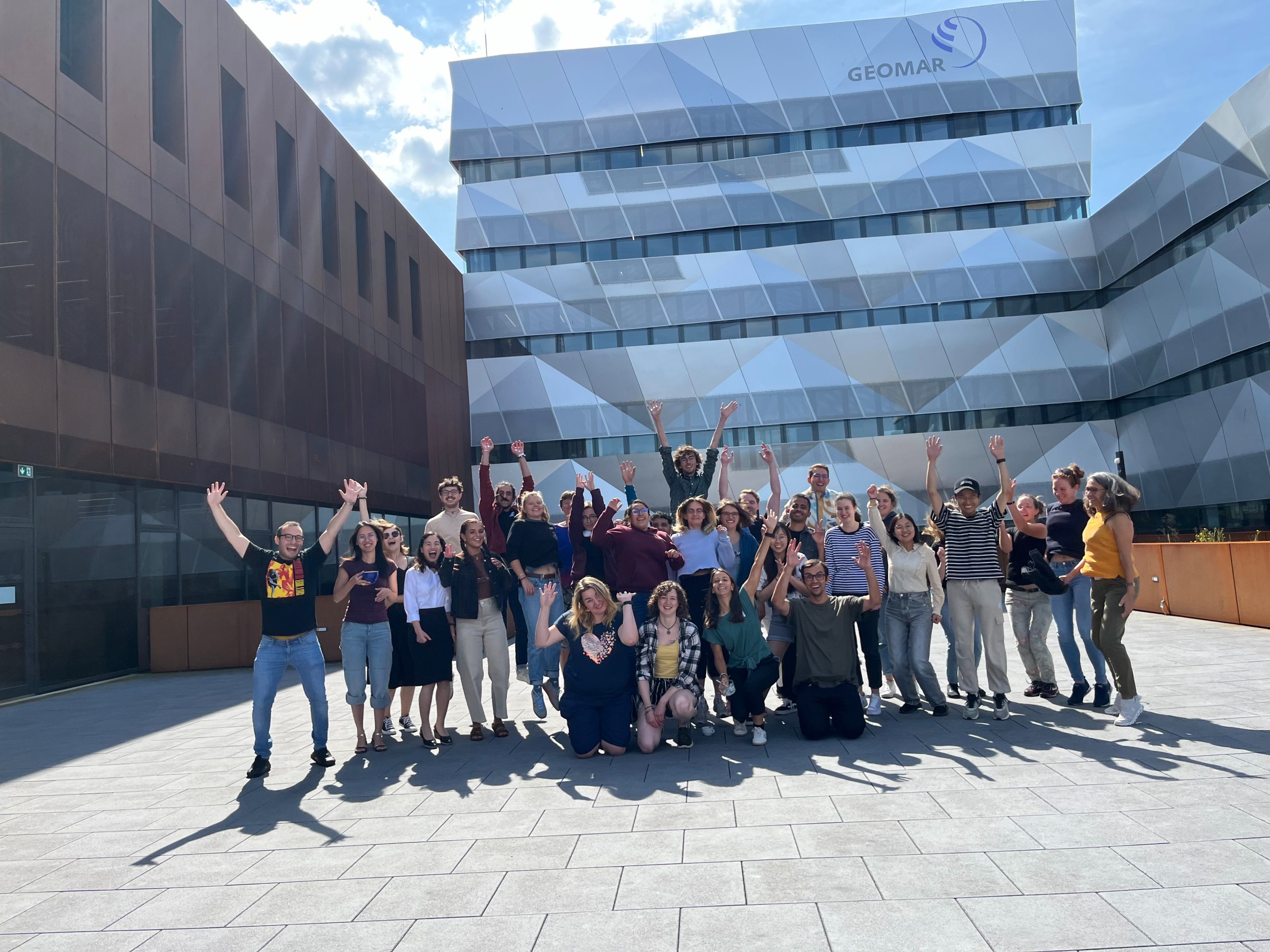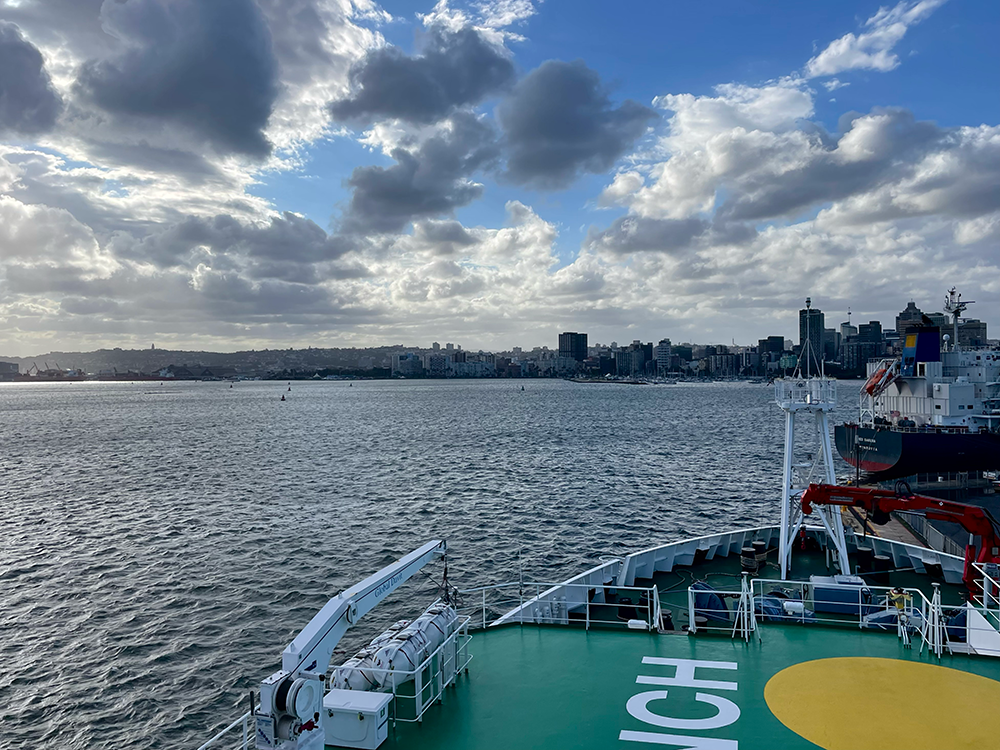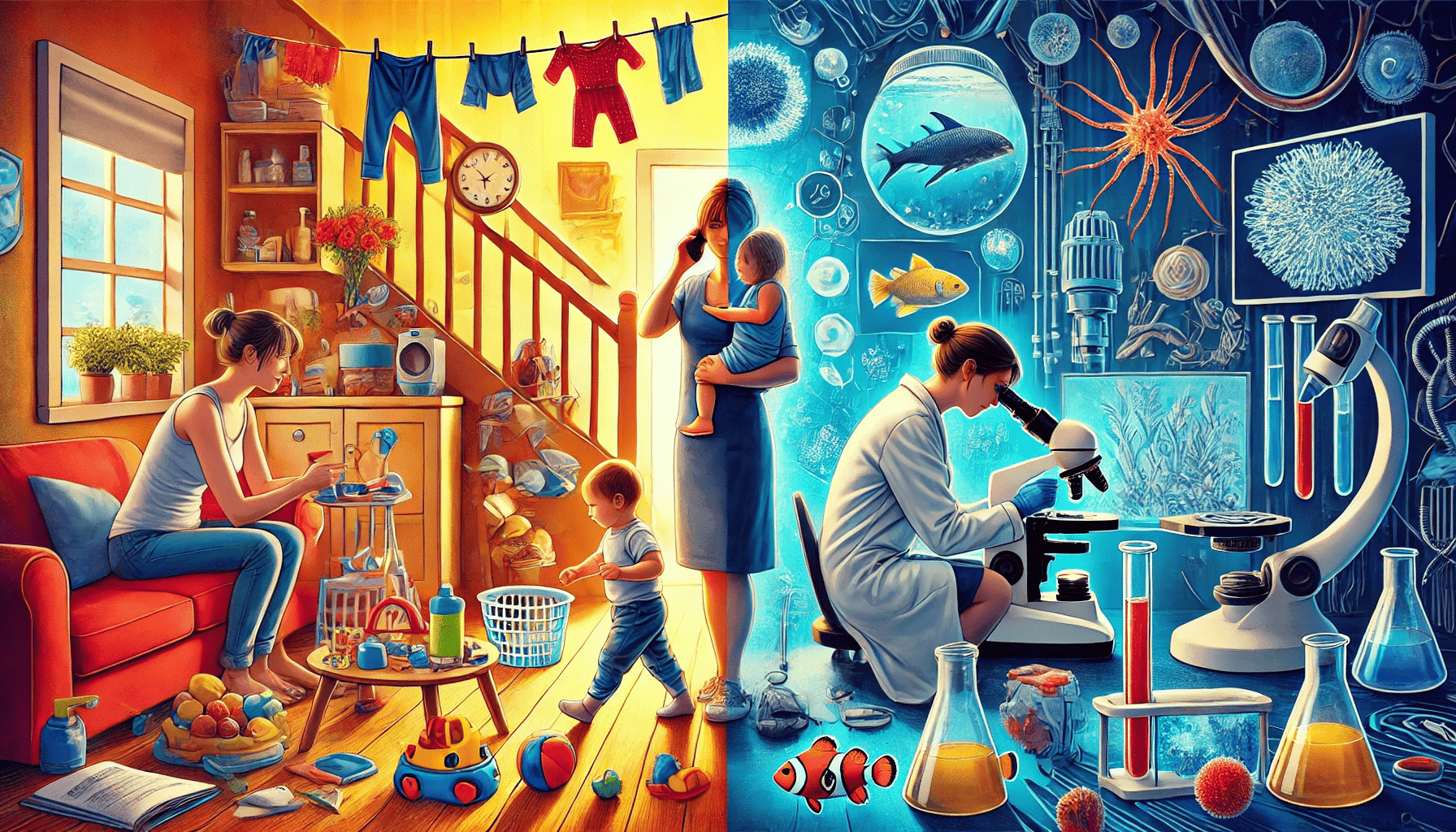Throwback to the FYORD summer school, organized by PostDocs for Master’s and PhD students At the beginning of this year, a group of postdocs from GEOMAR and Kiel University, with the great support of FYORD and PACT, came together to brainstorm ideas for a potential summer school tailored for Masters and PhD students in marine […]
The journey begins: Sonne expedition 308
This cruise is a long time coming—the original proposal submitted by Chief Scientist Prof. Dr. Eric Achterberg estimated it would happen in 2017 or 2018! After we finally loaded the ship with equipment and 40 motivated scientists in late October 2024, we had to wait a few more days in port for repairs and inspections. […]
Vielfalt am Arbeitsplatz: Herausforderungen und Chancen für LSBTIQA*-Personen *** Diversity in the Workplace: Challenges and Opportunities for LGBTQIA* Individuals
von Hjördis Lorenzen (Team Gender Equality & Diversity) *** English Version Below *** Anmerkung: Begriffe in Kursivschrift werden am Ende des Artikels im Glossar erläutert. Die Vielfalt der Meere und ihrer Ökosysteme spiegelt sich nicht nur in der Forschung am GEOMAR wider, sondern auch in der Vielfalt der Menschen, die diese Arbeit vorantreiben. Doch in […]
An insight into the crew’s life on board – an interview with stewardess Jessi
Interview and Text: Anja Conventz In addition to the captain, nautical officers, deck and engine crew, electricians, electronic engineers, cooks and a ship’s doctor, the crew of the SONNE includes four stewards. One stewardess who is also on board during our cruise SO307 is Jessica Münch, who has been working on SONNE since November 2021. […]
Ein Einblick in das Bordleben der Crew – ein Interview mit Stewardess Jessi
Interview und Text: Anja Conventz Neben Kapitän, nautischen Offizieren, Decks- und Maschinenmannschaft, Elektrikern, elektronischen Ingenieuren, Köchen und einer Schiffsärztin gehören vier Stewards zur Crew der SONNE. Eine Stewardess, die auch während unserer Fahrt SO307 mit dabei ist, ist Jessica Münch, die seit November 2021 an Bord arbeitet. Um Euch einen Einblick in die Arbeit einer […]
Wildtierbeobachtungen auf SO307
Geschrieben von Clara Winguth, Masterstudentin am GEOMAR, Übersetzung von Josefine Karnartz, Doktorandin am GEOMAR Es dauerte nicht lange nach Verlassen des Hafens, da entdeckten wir schon in der Ferne die ersten Walblase! Sofort holten alle ihre längsten Kameraobjektive raus und fingen an zu knipsen. Doch da wussten wir noch nicht, dass das noch lange nicht […]
Wildlife Watching on SO307
Written by Clara Winguth, Master’s student at GEOMAR The moment the RV Sonne left the Durban port, whales were spotted spouting in the distance. Everyone pulled out the longest camera lenses in their armory and started snapping away, but little did we know that this was just the beginning of our wildlife watching adventure. The […]
Empowering Mothers in Science
Women bring immense potential to science, yet they remain underrepresented in top academic and research roles. In 2022, over 52.3% of all students enrolled at German universities were women, and women earned more than 46% of doctorate degrees. But when it comes to university professors, this number drops dramatically to just 28% (Source: German Federal […]
Experimente an Bord
Geschrieben von Clara Winguth, Masterstudentin am GEOMAR Übersetzung von Josefine Karnartz, Doktorandin am GEOMAR Wenn ihr schon mal einen Blick auf die biologischen Ozeanographie-Wissenschaftler*innen auf der SO307 geworfen habt, sind euch vielleicht unsere modischen Polar-Anzüge aufgefallen, während wir uns in die rot beleuchteten Klimalabore zurückziehen. Und dabei dachtet ihr euch: „Was geht hier denn ab?“ […]
Experiments on Board
Written by Clara Winguth, Master’s student at GEOMAR. If you’ve caught a glimpse of the biological oceanography scientists on SO307, you may have noticed us rocking some fashionable polar jumpsuits, disappearing into the red-lit climate labs and thought to yourself, ‘what is going on here?’ Well, lucky for you, I’m here to give you the […]




